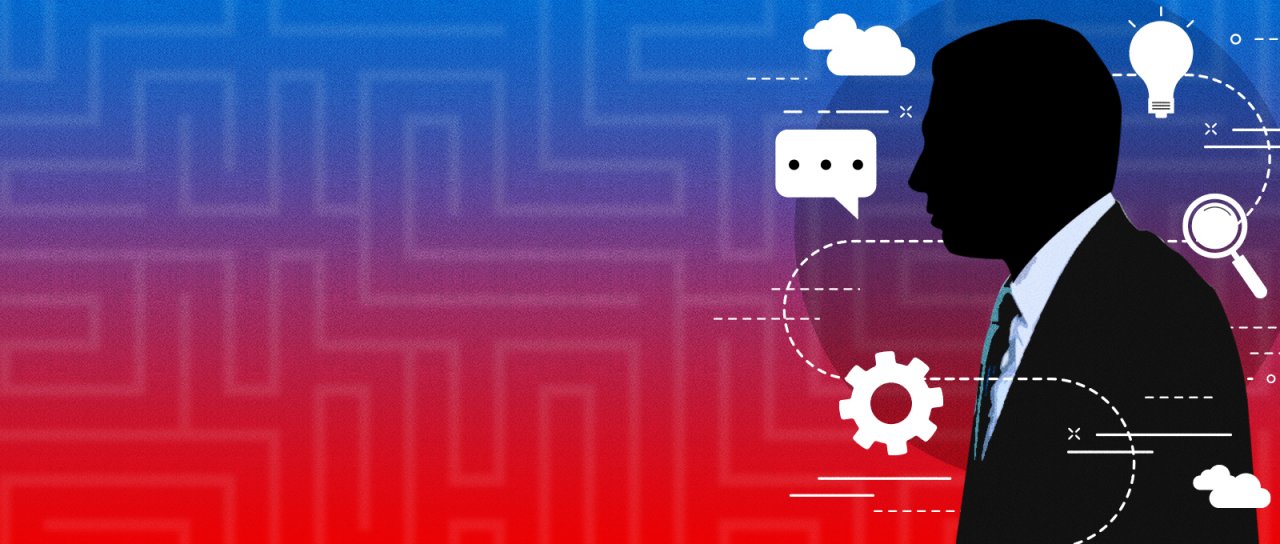Cloud Trends Defining 2020
Here are three trends Sandeep Bhargava foresees taking off in 2020.
As we move deeper into 2020, most organizations in Asia Pacific (APAC) should recognize that their digital transformation journey is key to maintaining a competitive advantage in business. However, digital transformation is a rapidly evolving concept. And it impacts every part of a business, requiring organizations to move away from ineffective workflows while embracing modern mindsets and adopting new business models. It also calls for the ability to manage the increasingly complex IT environments while faced with tight IT budgets, talent shortage, and fast-changing market demands.
Here are three trends I foresee taking off in 2020 that could shape the C-suite’s strategy around overcoming challenges and capturing opportunities.
Hybrid and multi-cloud will become the standard
Multi-cloud will become the preferred IT foundation for more organizations as they seek to become more agile to keep up with digital disruption. In fact, over 65 percent of enterprises in Asia Pacific (excluding Japan) are expected to use multiple cloud services and platforms by 2021.
For multi-cloud to deliver value, it needs to be integrated, support DevOps and scale services to meet variable workload demands. Recognizing this, some cloud giants have introduced solutions – such as AWS Outposts, Azure Stack, Azure Arc, and Google Anthos – that can ensure consistent development and operations experience across on-premises, private and public clouds. As the competition among cloud hyperscalers to become the provider of choice heats up, I believe that more hybrid and multi-cloud tools will be rolled out next year. Those solutions will leverage container management services (like that found in Kubernetes) to provide the scalability and portability needed to effectively support the digital enterprise.
With a wide range of choices available, organizations will need to carefully select the right cloud platform and tools for different workloads instead of taking a one-size-fits-all approach to cloud deployment. Only by doing so will they be able to accelerate the value of multi-cloud and hybrid cloud with an eye to deliver the desired business outcomes and optimized return on investment. There is a cautionary tale here as well – while adding additional cloud to accentuate a companies cloud capabilities, it does increase complexity. Companies will need to balance the two sides of capability and complexity.
IoT and edge computing will move from hype to reality thanks to 5G and cloud
I anticipate an increase in the number of IoT and edge computing deployments in some parts of APAC in 2020, driven by the commercial availability of 5G and cloud adoption. To date, South Korea and China have rolled out 5G networks, while Australia, Japan and Singapore plan to do so next year. GSMA anticipates that 5G will contribute to almost US$900 billion to the region’s economy over the next 15 years. It will be beneficial especially for the manufacturing, retail, transportation and government sectors, as they adopt IoT to become more connected. The low-latency, high bandwidth 5G network will enable far-away sensors to instantly share updates about the connected devices, therefore enabling real-time processing and data insights. This will, in turn, drive the demand for edge computing as data can be immediately processed near where the data is generated, instead of in a centralized data-processing warehouse. Edge computing can also help reduce operational costs. It reduces the bandwidth needs as data is mostly processed locally, and only the relevant data gets transmitted to the central data repository. This will create the perfect storm of edge computing to limit bandwidth costs – but sending the results via 5G to a central location to provide processing and insights from all sensor locations.
The benefits of deploying IoT, edge, 5G and cloud technologies are exemplified in the case of smart cities. With edge computing, a connected traffic light can analyze the data collected by sensors to determine real-time traffic flow. It can then quickly transmit that information to other traffic lights and autonomous cars in the vicinity via 5G and cloud to coordinate the flow of traffic – such as changing the duration of the green light or suggesting a different route to the car – to ease congestion. As more Asian cities ramp up their smart city efforts and organizations become more connected, we are excited to see many other use cases for edge computing (supported by 5G and cloud) in the future.
Cloud risks might be closer to home than you think
Misconfigurations and the challenge of managing identities and access in the multi-cloud environment will continue to present threats for companies next year.
Despite its benefits, multi-cloud also opens more doors to security risks. In addition to providing a wider potential attack surface for hackers, multi-cloud can also cause organizations to be more vulnerable to insider threats. For instance, the increased complexity of the IT environment due to multi-cloud adoption might lead to poor configuration management. Having more business users in the cloud also poses a challenge, as not everyone fully understands cloud security risks or knows how to mitigate them. A recent report by Symantec found that some users may exhibit risky behaviors in the cloud such as oversharing cloud files or not storing sensitive data properly in the cloud – all of which may lead to data loss.
To minimize cloud risks, organizations will need to have a multi-layered management and security strategy that can provide consistency, detection, response and remediation for both the day to day management as well as when their IT environment is in jeopardy. Chief Information Security Officers (CISOs) will also need to work across more departments in 2020 to ensure that security is not overlooked when innovative solutions and new business processes are introduced.

Is Your Culture Clashing with Your Transformation Strategy?
About the Authors

SVP, Managing Director, Asia Pacific and Japan
Sandeep Bhargava
Sandeep is the Managing Director of Asia Pacific/Japan (APJ) at Rackspace Technology®. Based in Singapore, Sandeep is responsible for business growth across the region and establishing strong local teams that deliver Fanatical Experience™. Passionate about customer success, he joined Rackspace Technology with over two decades of experience delivering financial and operational results throughout the region. Before joining the company, Sandeep was responsible for the graphic print operation across APJ for Hewlett-Packard. He has also served in various leadership roles with Hewlett Packard Enterprise, Dell EMC and Procter & Gamble. Sandeep holds an MBA in Marketing/Marketing Management from the Indian Institute of Management in Lucknow, and a Bachelor of Engineering degree from Delhi College of Engineering.
Read more about Sandeep BhargavaRelated Topics


